NHTSA Investigating Another 'Autopilot' Crash as Tesla Comes Out Swinging at the Media

Tesla’s bad news week has now spilled over into a second, after the National Highway Traffic Safety Administration announced a second investigation into a Tesla crash involving the semi-autonomous Autopilot system.
According to Reuters, the agency wants to know if the Autopilot on the Model X involved in a July 1 rollover was activated at the time of the incident, and if it played any role in the crash. The driver of the Model X, a Detroit-area man who wasn’t seriously injured, claims he was using Autopilot when the vehicle left its lane and hit a guardrail on the Pennsylvania Turnpike.
While the NHTSA looks into this crash and the fatal May 7 collision that took the life of a Tesla owner in Florida, the automaker is engaged in a nasty war of words with Fortune magazine over two articles it claims are misleading and false.
In a blog post titled “Misfortune”, Tesla slammed the publication for assuming the automaker knew all of the details of the May 7 crash when it completed its $2 billion stock offering to investors on May 18.
“Tesla and Musk did not disclose the very material fact that a man had died while using an auto-pilot technology that Tesla had marketed vigorously as safe and important to its customers,” the Fortune article stated.
Tesla fired back, claiming that it took some time to access the wrecked vehicle and determine whether Autopilot was engaged at the time of impact:
When Tesla told NHTSA about the accident on May 16th, we had barely started our investigation. Tesla informed NHTSA because it wanted to let NHTSA know about a death that had taken place in one of its vehicles. It was not until May 18th that a Tesla investigator was able to go to Florida to inspect the car and the crash site and pull the complete vehicle logs from the car, and it was not until the last week of May that Tesla was able to finish its review of those logs and complete its investigation
Another Fortune article pointed out discrepancies in CEO Elon Musk’s language concerning the potential risk associated with Autopilot, before and after the crash.
“Musk told Fortune via email that the deadly crash wasn’t ‘material’ information that Tesla investors needed to know,” Fortune stated in its follow-up article.
“After the article appeared on Tuesday, Musk called the article ‘BS’ in a tweet and said that the fact that Tesla’s shares rose on Friday following the accident’s disclosure showed that the accident wasn’t material. But back in early May, Tesla said exactly the opposite of what its founder is saying now in an SEC (Securities and Exchange Commission) filing. The company warned investors that a fatal crash related to its autopilot feature, even a single incident, would be a material event to ‘our brand, business, prospects, and operating results.'”
Tesla responded by stating, “news of a statistical inevitability did not materially change any statements previously made about the Autopilot system, its capabilities, or net impact on roadway safety.”
Meanwhile, Fortune just released a statement saying it stands by its reporting. This is the second time in a month that Tesla, and its CEO, have taken journalists to task following incidents involving its vehicles.
A series of posts written by former TTAC editor Edward Neidermeyer on his Daily Kanban blog examined a report of an unusual suspension failure on a Model S and detailed the automaker’s unusual interaction with the owner. Tesla savaged the journalist in a blog post of its own, and raised the specter of an organized conspiracy against the company.
Tesla was heavily criticized after news of the May 7 crash broke, with many safety advocates claiming that the company put owners at risk by allowing beta testing (real-world consumer testing) of its continually updated Autopilot system. Before the crash, the vehicle’s autopilot system failed to recognize and react to the tractor trailer in its path due to sunlight reflecting off the truck’s side.
The automaker already acknowledged why the vehicle didn’t react, but in its latest post, Tesla defends the Autopilot system:
To be clear, this accident was the result of a semi-tractor trailer crossing both lanes of a divided highway in front of an oncoming car. Whether driven under manual or assisted mode, this presented a challenging and unexpected emergency braking scenario for the driver to respond to. In the moments leading up to the collision, there is no evidence to suggest that Autopilot was not operating as designed and as described to users: specifically, as a driver assistance system that maintains a vehicle’s position in lane and adjusts the vehicle’s speed to match surrounding traffic.

More by Steph Willems
Latest Car Reviews
Read moreLatest Product Reviews
Read moreRecent Comments
- Jalop1991 In a manner similar to PHEV being the correct answer, I declare RPVs to be the correct answer here.We're doing it with certain aircraft; why not with cars on the ground, using hardware and tools like Telsa's "FSD" or GM's "SuperCruise" as the base?Take the local Uber driver out of the car, and put him in a professional centralized environment from where he drives me around. The system and the individual car can have awareness as well as gates, but he's responsible for the driving.Put the tech into my car, and let me buy it as needed. I need someone else to drive me home; hit the button and voila, I've hired a driver for the moment. I don't want to drive 11 hours to my vacation spot; hire the remote pilot for that. When I get there, I have my car and he's still at his normal location, piloting cars for other people.The system would allow for driver rest period, like what's required for truckers, so I might end up with multiple people driving me to the coast. I don't care. And they don't have to be physically with me, therefore they can be way cheaper.Charge taxi-type per-mile rates. For long drives, offer per-trip rates. Offer subscriptions, including miles/hours. Whatever.(And for grins, dress the remote pilots all as Johnnie.)Start this out with big rigs. Take the trucker away from the long haul driving, and let him be there for emergencies and the short haul parts of the trip.And in a manner similar to PHEVs being discredited, I fully expect to be razzed for this brilliant idea (not unlike how Alan Kay wasn't recognized until many many years later for his Dynabook vision).
- B-BodyBuick84 Not afraid of AV's as I highly doubt they will ever be %100 viable for our roads. Stop-and-go downtown city or rush hour highway traffic? I can see that, but otherwise there's simply too many variables. Bad weather conditions, faded road lines or markings, reflective surfaces with glare, etc. There's also the issue of cultural norms. About a decade ago there was actually an online test called 'The Morality Machine' one could do online where you were in control of an AV and choose what action to take when a crash was inevitable. I think something like 2.5 million people across the world participated? For example, do you hit and most likely kill the elderly couple strolling across the crosswalk or crash the vehicle into a cement barrier and almost certainly cause the death of the vehicle occupants? What if it's a parent and child? In N. America 98% of people choose to hit the elderly couple and save themselves while in Asia, the exact opposite happened where 98% choose to hit the parent and child. Why? Cultural differences. Asia puts a lot of emphasis on respecting their elderly while N. America has a culture of 'save/ protect the children'. Are these AV's going to respect that culture? Is a VW Jetta or Buick Envision AV going to have different programming depending on whether it's sold in Canada or Taiwan? how's that going to effect legislation and legal battles when a crash inevitibly does happen? These are the true barriers to mass AV adoption, and in the 10 years since that test came out, there has been zero answers or progress on this matter. So no, I'm not afraid of AV's simply because with the exception of a few specific situations, most avenues are going to prove to be a dead-end for automakers.
- Mike Bradley Autonomous cars were developed in Silicon Valley. For new products there, the standard business plan is to put a barely-functioning product on the market right away and wait for the early-adopter customers to find the flaws. That's exactly what's happened. Detroit's plan is pretty much the opposite, but Detroit isn't developing this product. That's why dealers, for instance, haven't been trained in the cars.
- Dartman https://apnews.com/article/artificial-intelligence-fighter-jets-air-force-6a1100c96a73ca9b7f41cbd6a2753fdaAutonomous/Ai is here now. The question is implementation and acceptance.
- FreedMike If Dodge were smart - and I don't think they are - they'd spend their money refreshing and reworking the Durango (which I think is entering model year 3,221), versus going down the same "stuff 'em full of motor and give 'em cool new paint options" path. That's the approach they used with the Charger and Challenger, and both those models are dead. The Durango is still a strong product in a strong market; why not keep it fresher?



















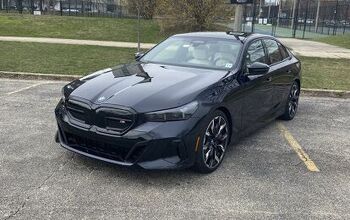
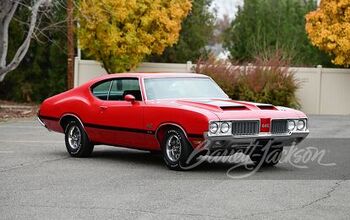
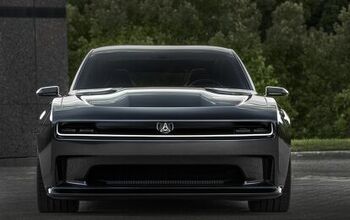

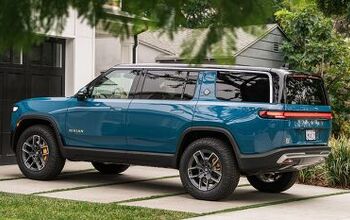
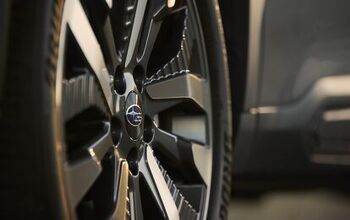
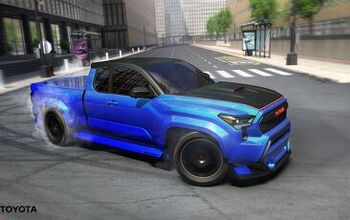


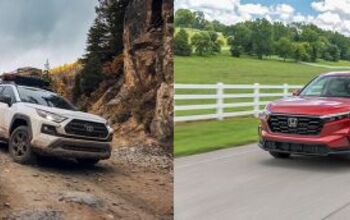
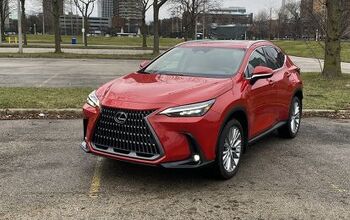

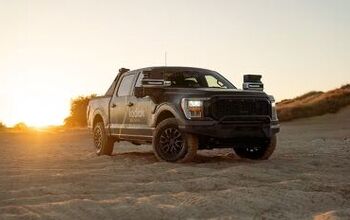
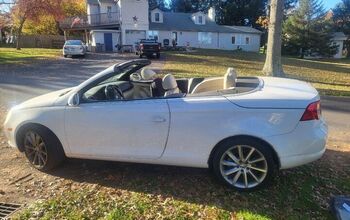
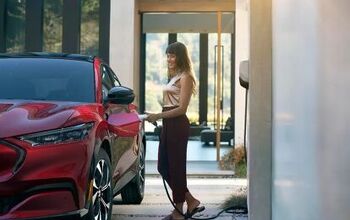
Comments
Join the conversation
Was the autopilot actively engaged when the crash occurred or did the driver merely claim it was in order to lay the blame elsewhere and avoid a traffic ticket? Yes, even TTAC is guilty of what Tesla is arguing because the statement, "... investigation into a Tesla crash involving the semi-autonomous Autopilot system." The word 'allegedly' between "crash ... involving" would make a huge difference. "A series of posts written by former TTAC editor Edward Neidermeyer on his Daily Kanban blog examined a report of an unusual suspension failure on a Model S and detailed the automaker’s unusual interaction with the owner. Tesla savaged the journalist in a blog post of its own, and raised the specter of an organized conspiracy against the company." I would agree with Tesla on this point because I have interacted on a financial news blog with an individual who claims to have filed more than 40 different claims with the NHTSA against Tesla on vehicles very specifically not his own against Tesla's suspension and now Autopilot. This individual has a very definite grudge against Tesla and is going out of his way to make Tesla out as the bad guy who doesn't care about anything but money. My question is, why would he be doing this unless Tesla has upset some organization through it's unexpected success?
Pennsylvania has cited the Model X driver for negligence; placing the entire blame for the crash on the driver.